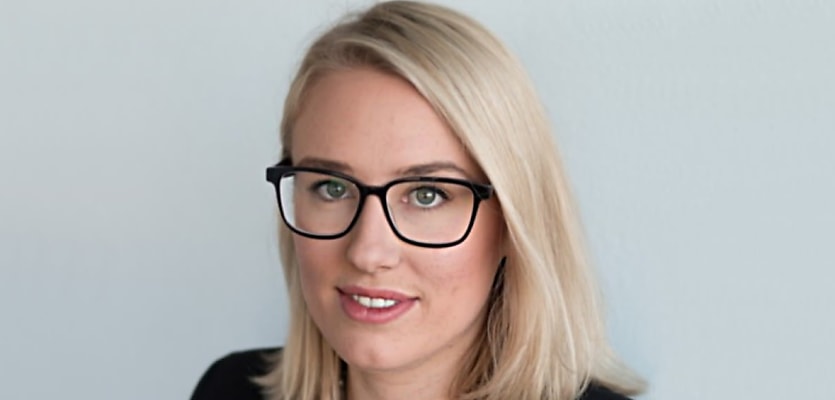The pace of national rental growth has been driven by yearly increases in every Australian capital city and the rest of state jurisdiction except Canberra.
According to analysis from CoreLogic, 44.4 per cent of Australian house and unit markets have recorded a rental increase of 10 per cent or more in the 12 months to May, as opposed to 6.7 per cent of the 3,812 markets studied which reported a decline.
During the year to May, national rents increased 9.9 per cent, with a recent slowdown in the monthly growth of national rents contributing to the falling annual trend. CoreLogic noted this declining monthly growth has been largely driven by rental performance in regional Australia, where rents increased 0.3 per cent in May as opposed to the record growth (1.2 per cent) recorded last March.
CoreLogic economist Kaytlin Ezzy described the regional slowdown as dramatic when compared to the capital city rent growth of 1 per cent in May, with Australia’s combined regional market rents rising 5.4 per cent in the last 12 months, less than half the 11.7 per cent growth recorded during the national capitals in that time.
Breaking the data down by property type, she explained “the unit sector is under the greatest pressure, with rents increasing at a faster rate than houses due to their relative affordability”.
Capital city house rents grew 0.9 per cent during the fifth month of the year, 0.5 per cent less than units (1.5 per cent).
A large majority of the 6.7 per cent of Australian markets to report a rent decrease in the 12 months to May were in the national capital, Canberra, where the market dipped 1.9 per cent during that period. This decline resulted in Sydney overtaking the city as the nation’s most expensive rental market.
Ms Ezzy believes Canberra’s weakened rental performance over the past year is down to increasing stocks, with the national capital’s vacancy rate jumping from 0.7 per cent last March to 2.2 per cent currently.
“More stock means tenants have more choice and potentially more power when negotiating their rent,” she said.
In Sydney, 38 markets, predominantly located on the Central Coast, reported a drop in rents over that period, compared to four suburbs and one suburb in Melbourne and Brisbane, respectively.
The NSW capital remains the most expensive market to rent both houses and units, with rents for each dwelling type sitting at $766 and $677, respectively.
Regional Queensland is the most expensive among the rest of state markets to rent both a house and unit in with median rents charged at approximately $578 for the former dwelling group and $589 for the latter.
With a vacancy rate of 0.4 per cent, Adelaide is the nation’s tightest capital city market, with regional South Australia the tightest among the rest of state markets with 1.1 per cent of rentals currently available to rent.







You are not authorised to post comments.
Comments will undergo moderation before they get published.